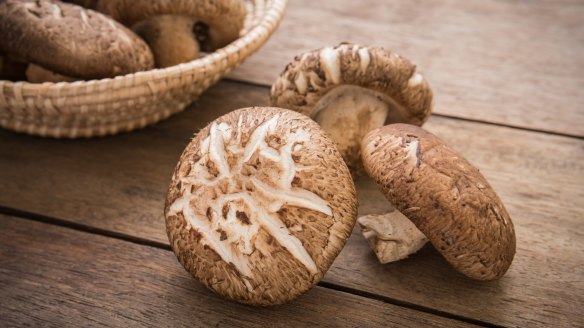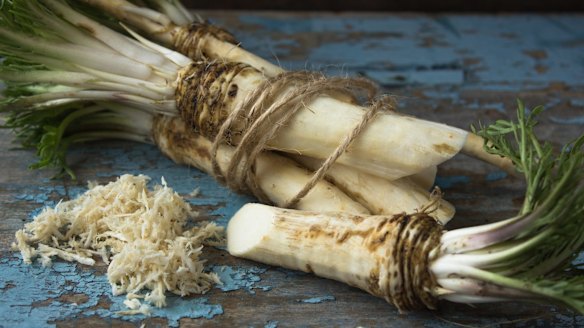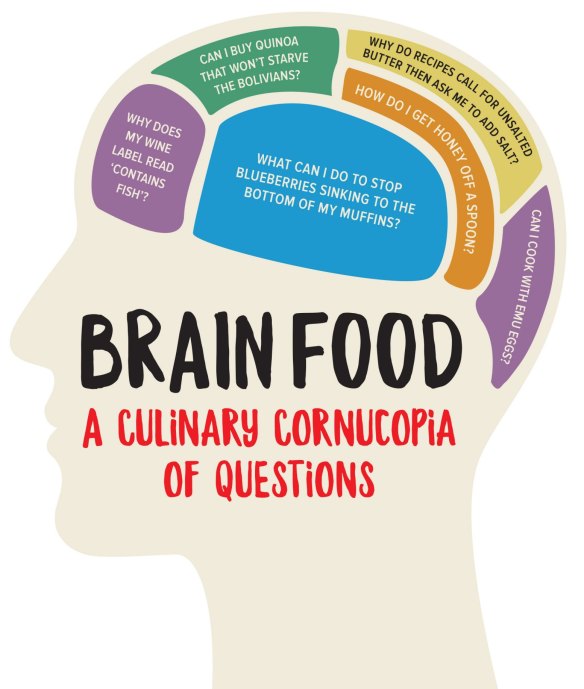What exactly is umami?

What is all this nonsense about umami? We grew up without it and everything tasted perfectly good without some foreign Japanese stuff in our food. K. Hartley
I have the slightest tingling sensation on one of my lower extremities. It feels as if one of my toes is being manually manipulated away from my foot. English is a voracious and undiscerning language that will consume a word from a foreign tongue if there is space for it. Where would we be without schadenfreude to describe that delicious pleasure at seeing misfortune befall another? How long would it take to describe deja vu in English when the French have digested that feeling already and regurgitated it for us in just two short words of their own?
Umami is a Japanese neologism, from the Japanese umai meaning delicious, coined by a scientist in the early 1900s. He had isolated the compound, glutamic acid, that excites the taste buds, sending signals to the brain that the food tastes good. Along with sweet, sour, salt and bitter, umami, or savoury taste, has joined the list of taste receptors that make up flavour. You'll find umami in mushrooms (especially shiitakes), tomatoes, fish and shellfish, soy sauce, Vegemite and cheese, among other things. Breast milk is high in glutamic acid – we are programmed from conception to find it delicious. That we didn't have a word for it until the 20th century does not mean we were not experiencing the sensation.

I am trying to find junket tablets. P. Sanderson
You know those thin reedy plants that grow by the water's edge near ponds and creeks? They are sometimes called bog reeds. They are from the plant species juncus. Sweetened milk that was curdled and set with rennet, an enzyme garnered from the stomach lining of calves, was once served served on a bed of reeds. This allowed the whey to drain away. The dish was called "jonquette" in Old French. We call it junket. You can buy Two Spoons junket tablets at Woolworths or try melbournefooddepot.com for online sales.
Tell me about horseradish. K. Teh

It is delicious and grows like a weed. It is not a radish but they are related, both being members of the brassicaceae family. It has nothing to do with horses. Horse or "hoarse" is an obsolete term meaning "strong". In French its name is raifort or "strong root". The plant's root is off-white and can grow to 30 centimetres long. The outside skin is bitter, the inside core is flavourless but the flesh in between contains glucosinolate. When the cell walls are broken, by grating or chopping, an enzyme breaks this down to create allyl isothicyanate or mustard oil. This is pungent and irritates the throat and retronasal area. It is also volatile, meaning that it quickly dissipates. If you have fresh horseradish, you can grate off as much as you need and store the rest of the root in water in the fridge, changing the water weekly. Grated horseradish can be mixed with vinegar or cream and salt and served with fish and beef. Preserved horseradish is perfect to mix with cream and serve with smoked salmon or a rib-eye roast. And you'll also find green-tinted horseradish masquerading as wasabi paste at many Japanese restaurants. Will that do?
Send your vexing culinary conundrums to brainfood@richardcornish.com.au or tweet to @realbrainfood.
Brain Food by Richard Cornish is out now from MUP (RRP $19.99, eBook $11.99).
Appears in these collections
- More:
- Food
- Brain food
